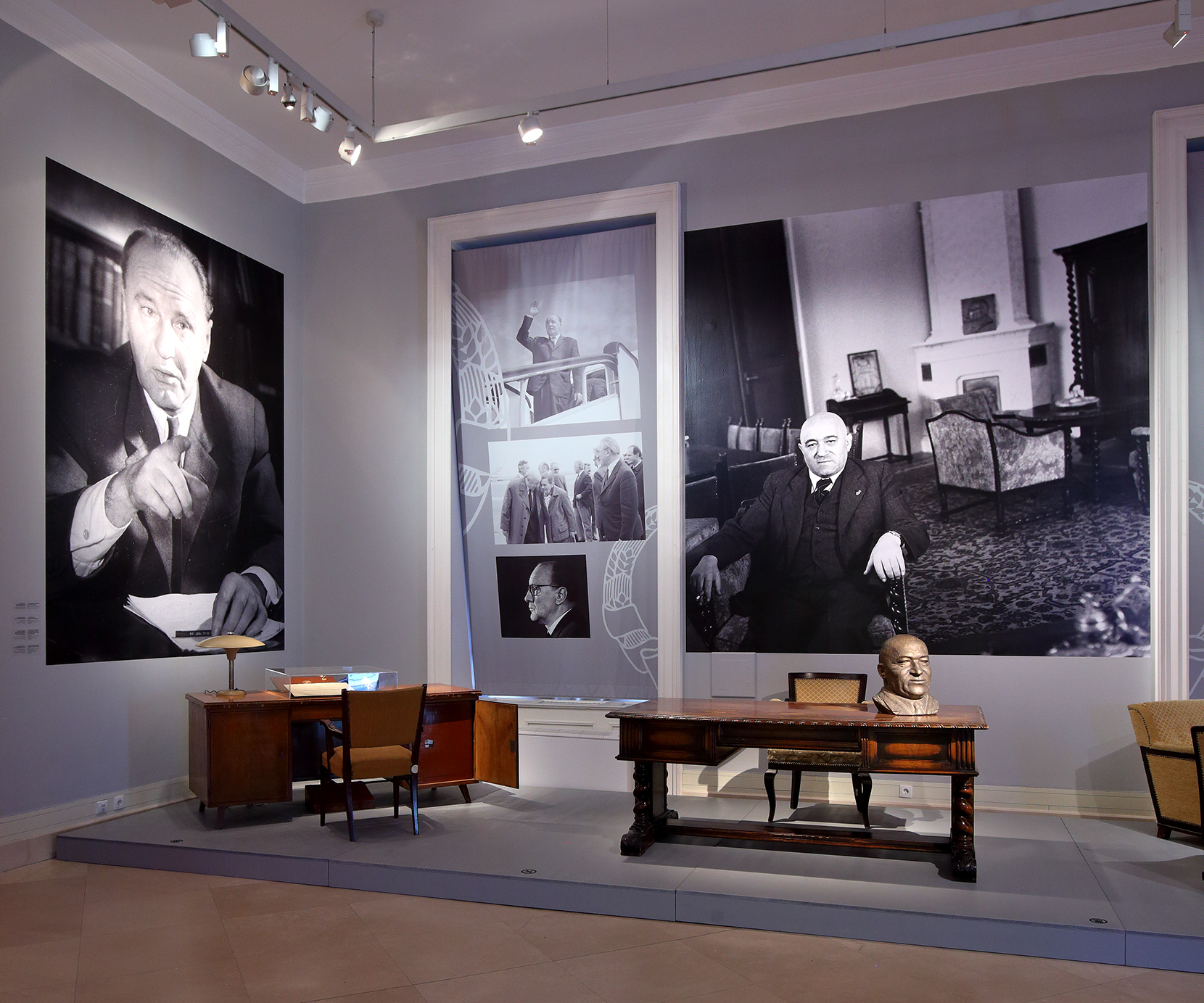In 2018, American filmmaker Wes Anderson and his wife, designer and writer Juman Malouf, were asked to host an exhibition of works of art in the warehouse of the Kunsthistorisches Museum in Vienna. All kinds of objects were exhibited along different themes, making for a really fun visit, as if Anderson and Malouf had had keys to the cultural sweet shop.
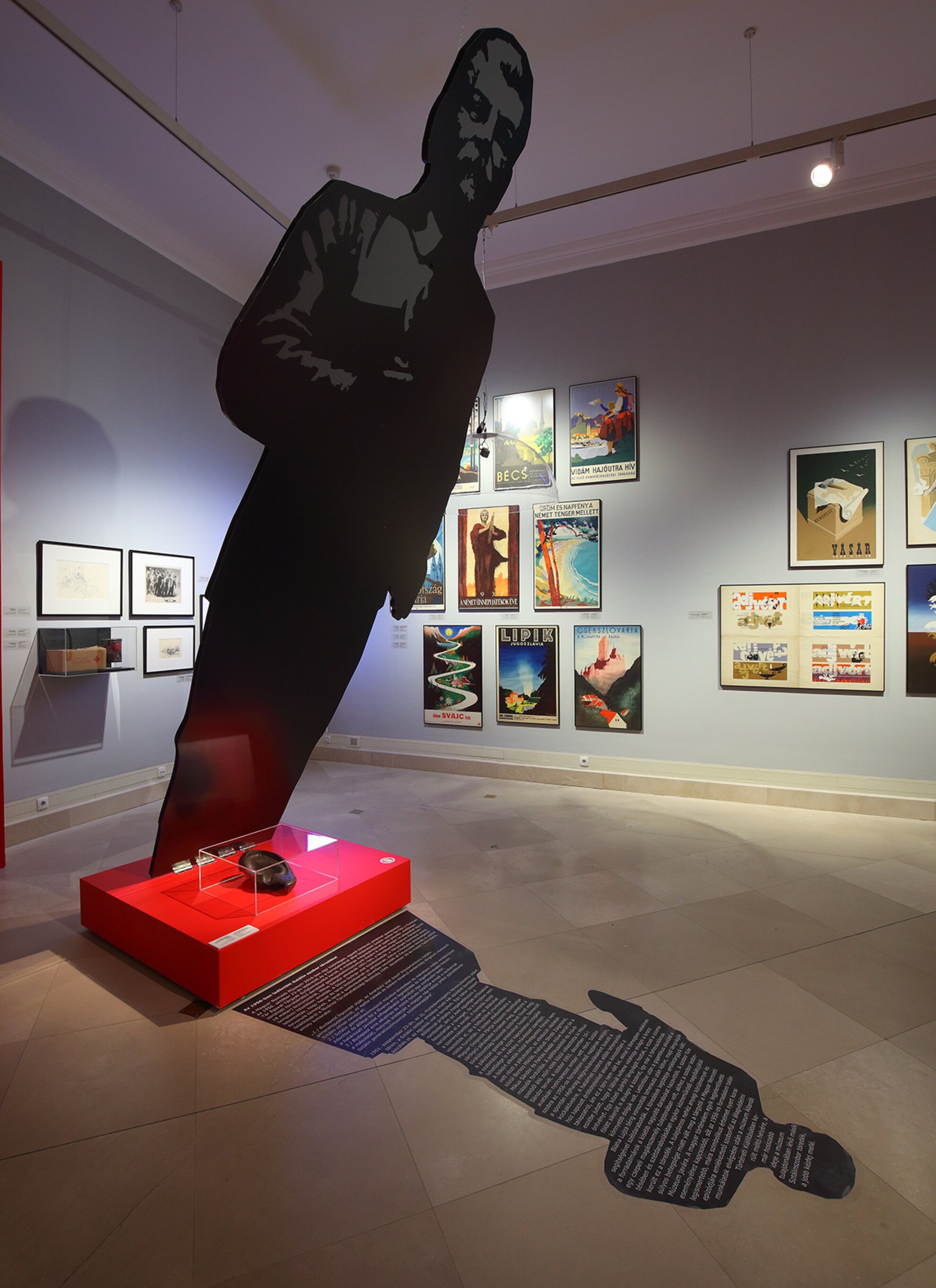
And there’s a similar approach for the latest exhibition at the National Museum, a cornucopia of random riches titled From Sisi’s Glove to Stalin’s Ear, and yes, they show those, too. Everything interesting acquired by the museum over the last ten years, in fact.
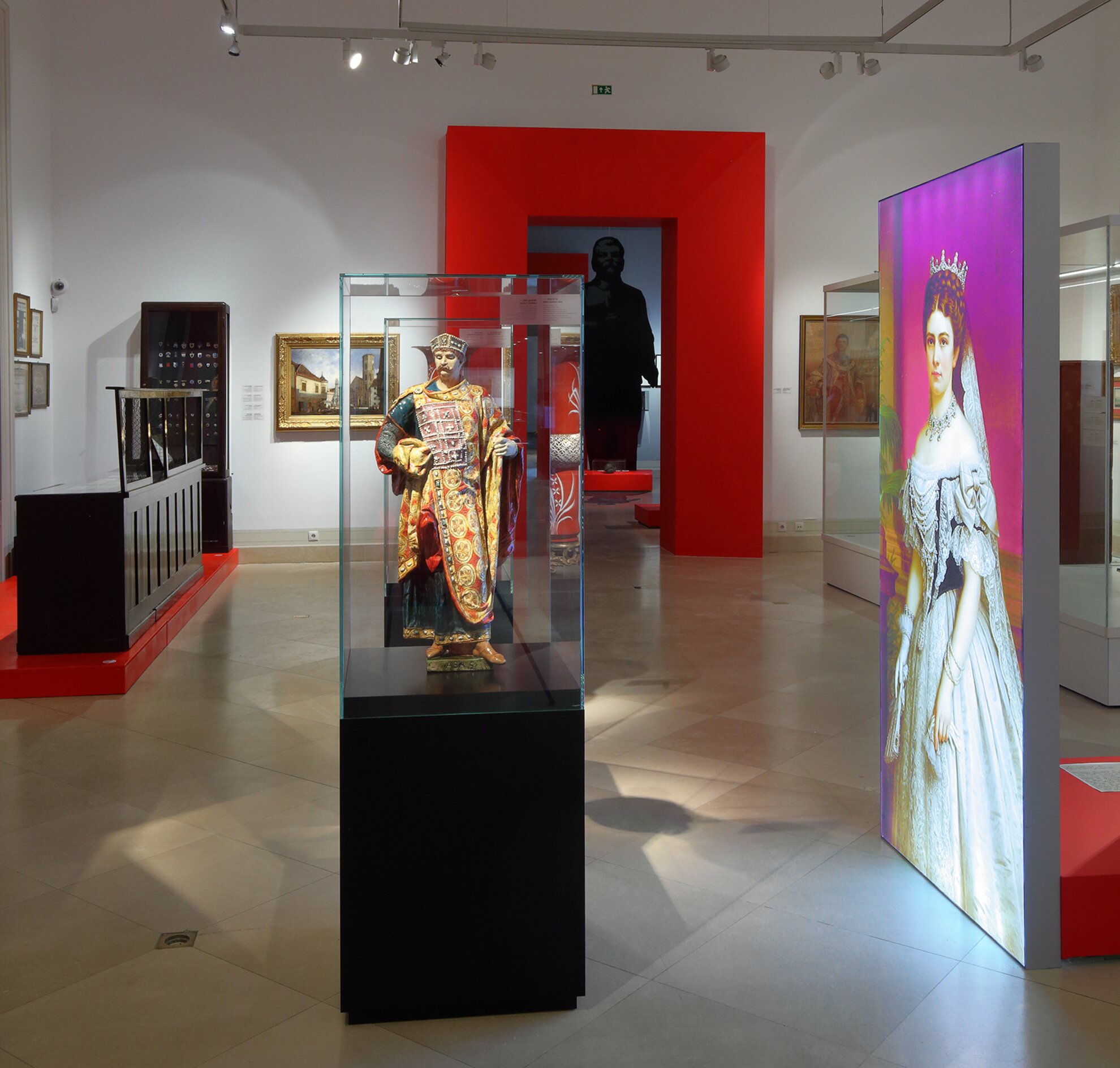
The haul, which fills several large halls, is extremely varied, from small pieces of jewellery under a magnifying glass to a complete Roman tomb, including a tooth and the skeletons of four hunting dogs who were ritually killed and placed within.
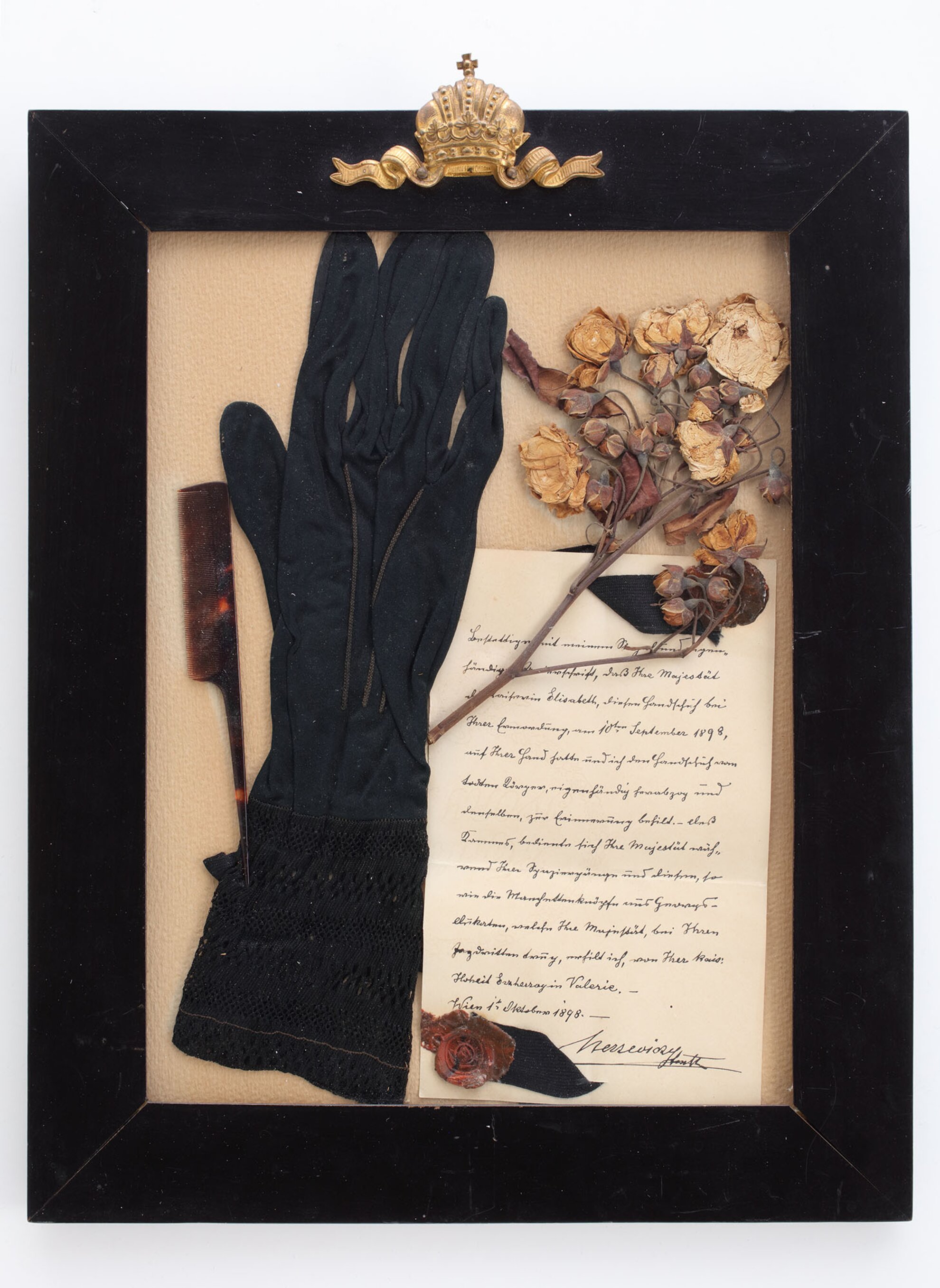
Most Hungarian visitors will, of course, make a beeline for the two items promised by the name on the poster: the black glove the Habsburg Empress Sisi was wearing when she was assassinated in 1898, and the ears from a statue of Stalin, demolished by protestors during the anti-Soviet uprising of 1956.
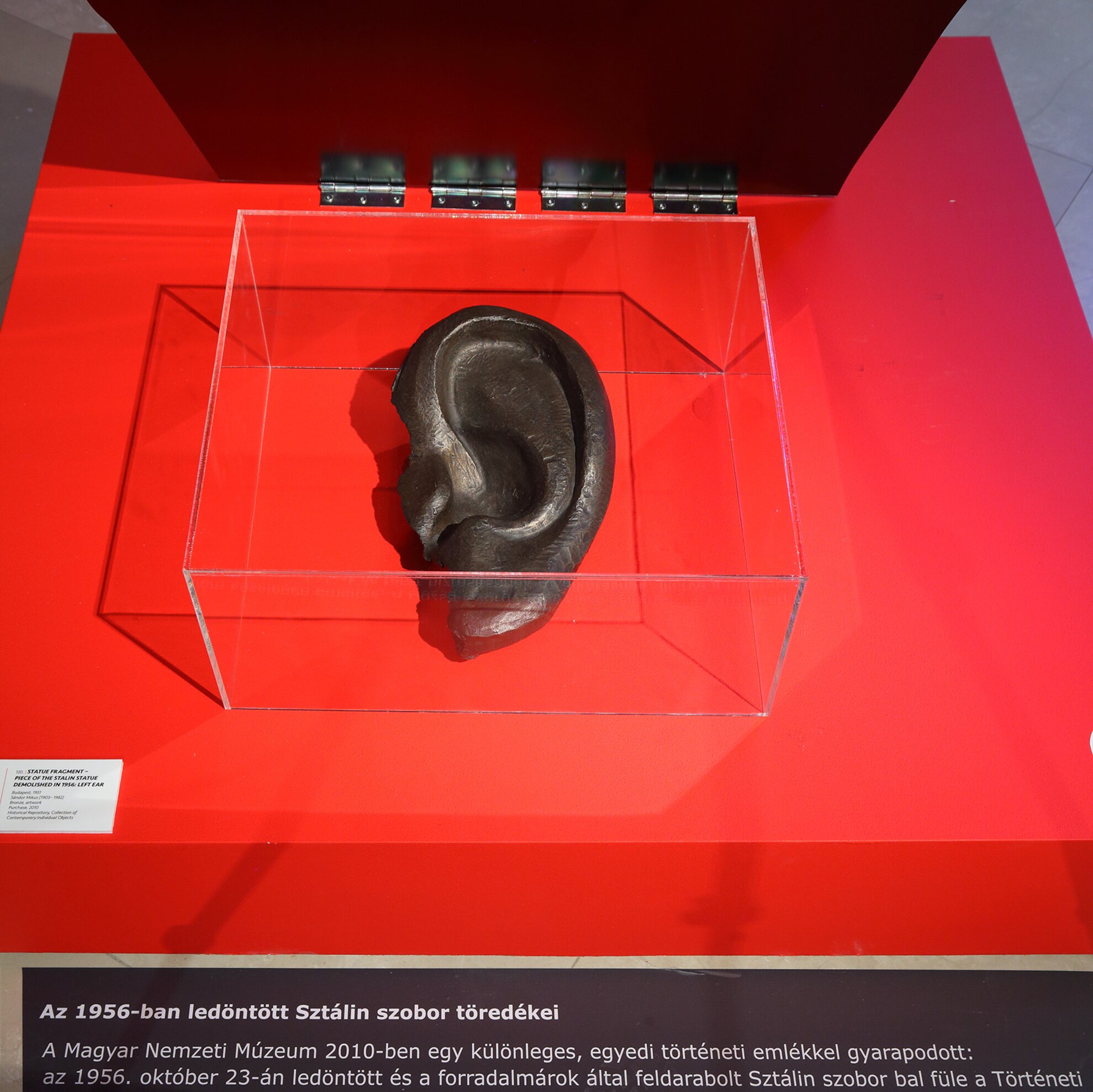
But there are many other attractions to see.
For example, the Roman-era iron chair, of the type – except for its material – used
by hunters and anglers today.
The set of women’s writing implements and
toiletries from the 1750s is downright bizarre because it’s in a pouch that
forms a bandaged doll. Few would guess that a strange wooden object is, in
fact, a pipe that six can suck on at the same time.
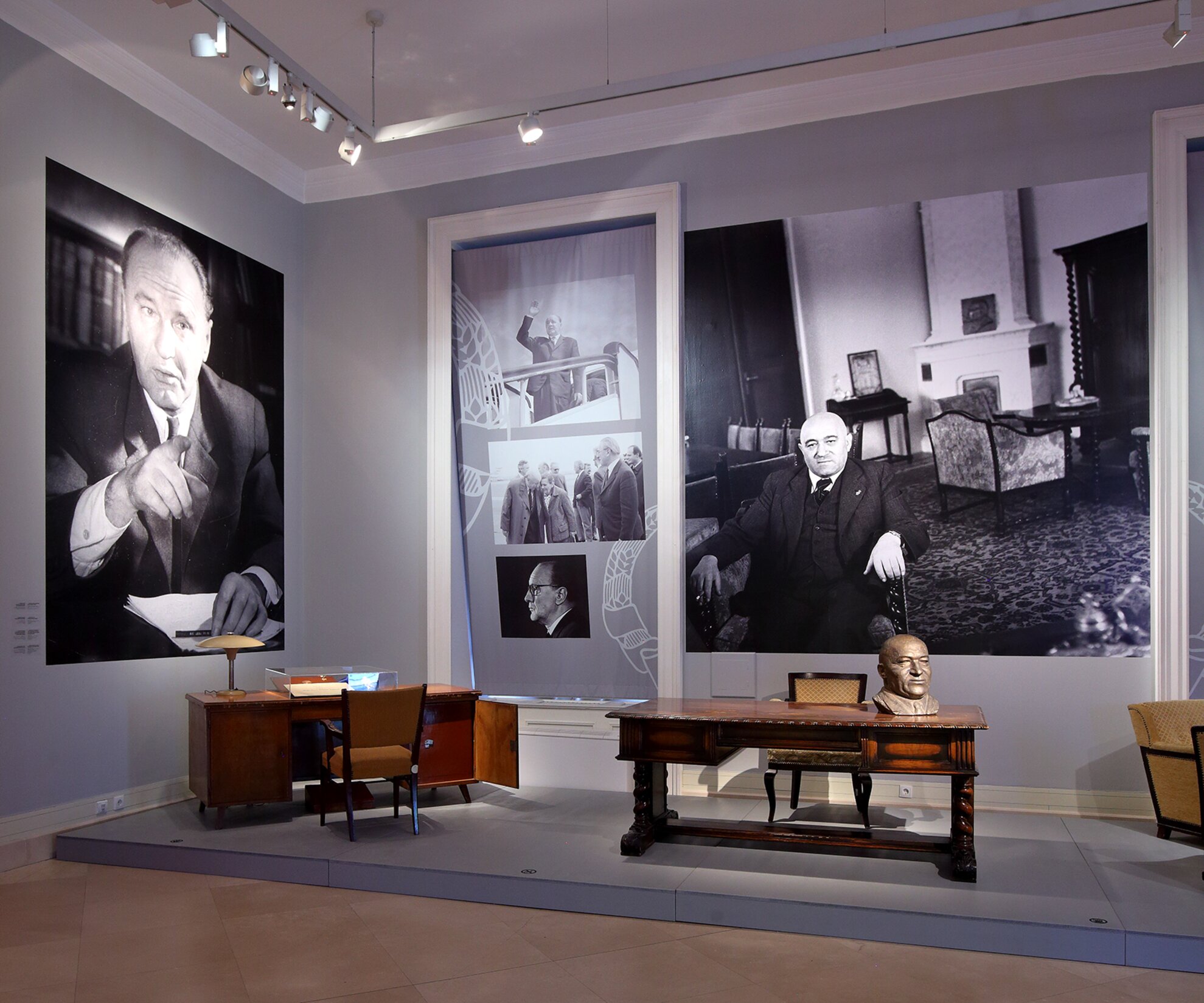
Many items date from the 20th century, during nearly half of which Hungary was under Communist rule. The furniture in the
studies of dictators Mátyás Rákosi and János Kádár can be seen alongside Stalin’s
above-mentioned ear.
Equally interesting is the greetings card sent from
Switzerland by members of the Hungary’s famous football team in the summer of
1954 after beating Brazil in the World Cup quarter-finals, the infamous Battle
of Berne.
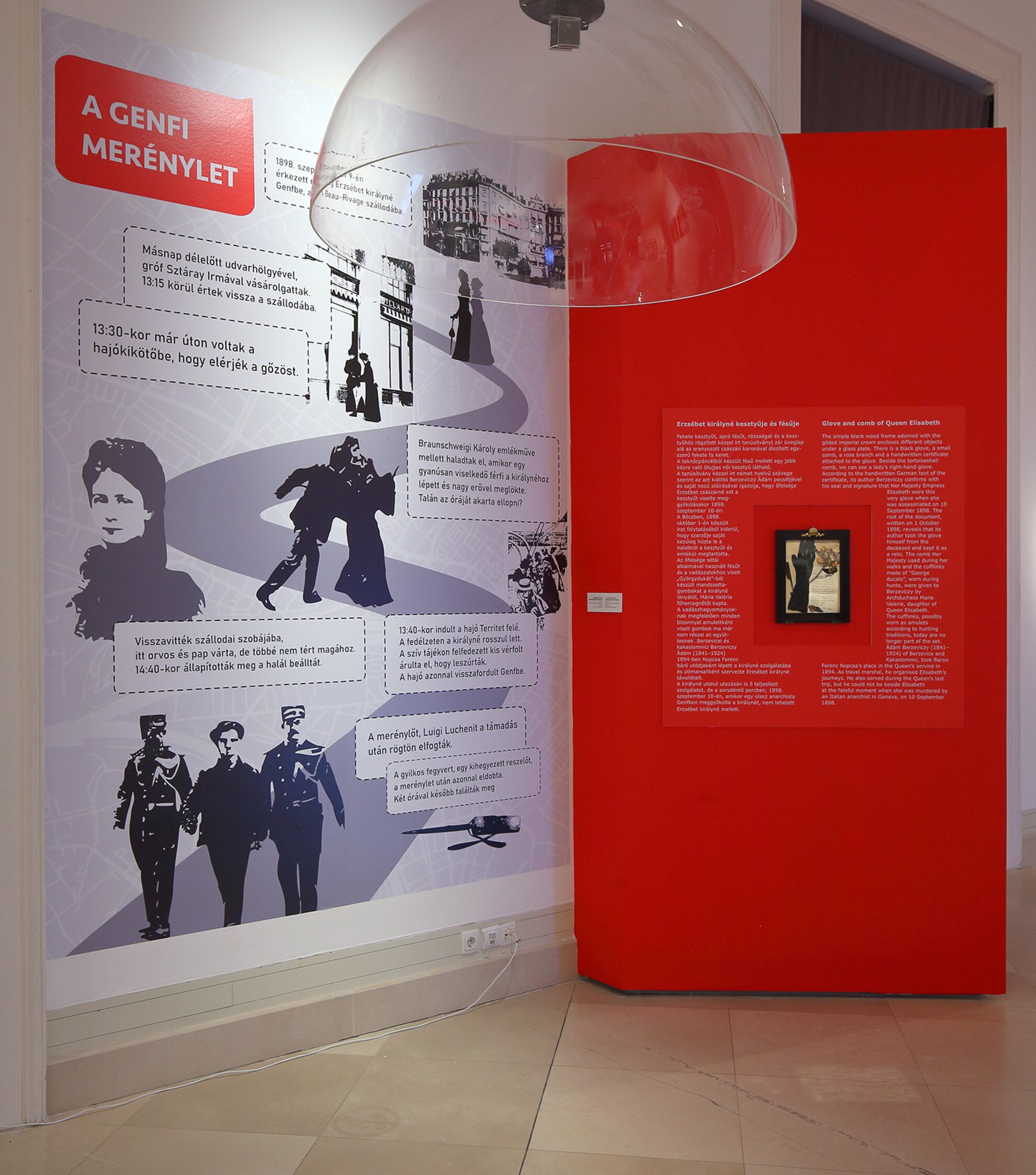
Perhaps the most exciting find is the suitcase in which József Végvári, Major at the III/III Group Headquarters, smuggled documents from Christmas 1989 that prove, régime change or no régime change, that the State continued to observe and eavesdrop on the politicians of the opposition at the time.
The full list of exhibits could be described until Domesday – you’re bound to find a few more gems among the 188 on display.
Event information
From Sisi’s Glove to Stalin’s Ear
Hungarian National Museum
1088 Budapest, Múzeum körút 14-16
Open: Until 21 August Tue-Sun 10am-6pm
